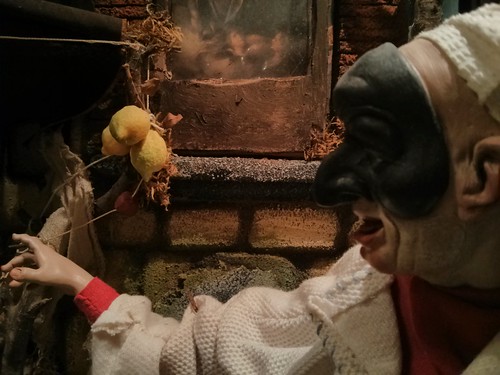Paschal services (Christian Passover, Easter in the West) have a very long tradition. Some date back to the catacombs. In the early days of the Byzantine Empire church services were celebrated out and around the city. For the service of the Twelve Gospel Readings I imagine that there was twelve stops, “stations” if you like, within the city walls of Constantinople. I imagine the faithful walking reverently through the polis marking God’s earthly domain, the bishops blessing the city. I am reminded of the English practice of walking the boundaries of one’s property, thereby affirming its ownership. In Jerusalem, we are told by an early witness that during Pentecost worship was made on the Mount of Olives where the Ascension had taken place, as well as the gates and on Mount Zion. (1) The early church in a similar way marked the boundaries of God’s Kingdom on Earth. Constantinople was considered the New Jerusalem, an earthly reflection through the watery sky above of that other Jerusalem, the one that always was.
Christianity was not the first religion to use religious processions as part of their celebrations. The worship of the Olympian gods had processions too e.g., the Dionysia. Can we equate liturgical procession with the pageantry of the Festival of Dionysius? Did one replace the other? Early Christian witness attests to the taking down of a statue of Aphrodite from over the site of the exhumation of Christ’s cross.(2) A kind of juxtaposition of religious iconography was at play, if you allow, a kind of iconclasm. In Western Europe, the curious face of the Green Man stares out from the architecture of many Medieval Churches. Theirs was a more symbiotic relationship.
But who was he, this Green man, this man made of leaves who shared a coiffure with Dionysius, the ancient god of theatre? He makes me question what came first, the processions and supplication ceremonies or the characters that filled them? Did liturgical dramas of the Middle Ages evolve into the Mystery Cycle / Pageant Plays and onto cleared fields and marketplaces for the first time? Could the opposite be true? Could Medieval / Byzantine drama have grown from pagan practices and festivals and infiltrated the acceptable Christian Drama?

Passion Play





